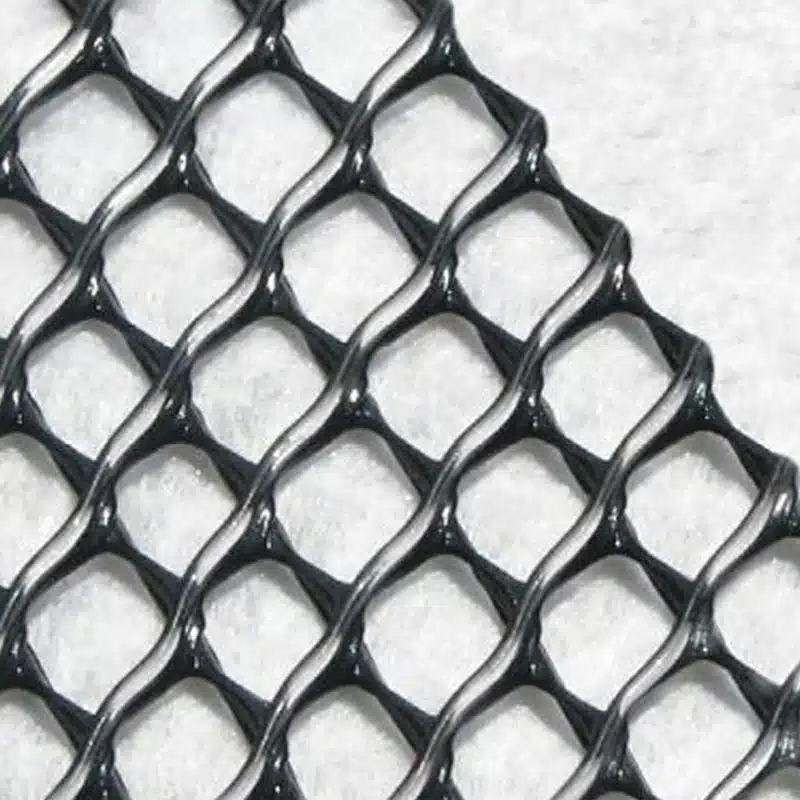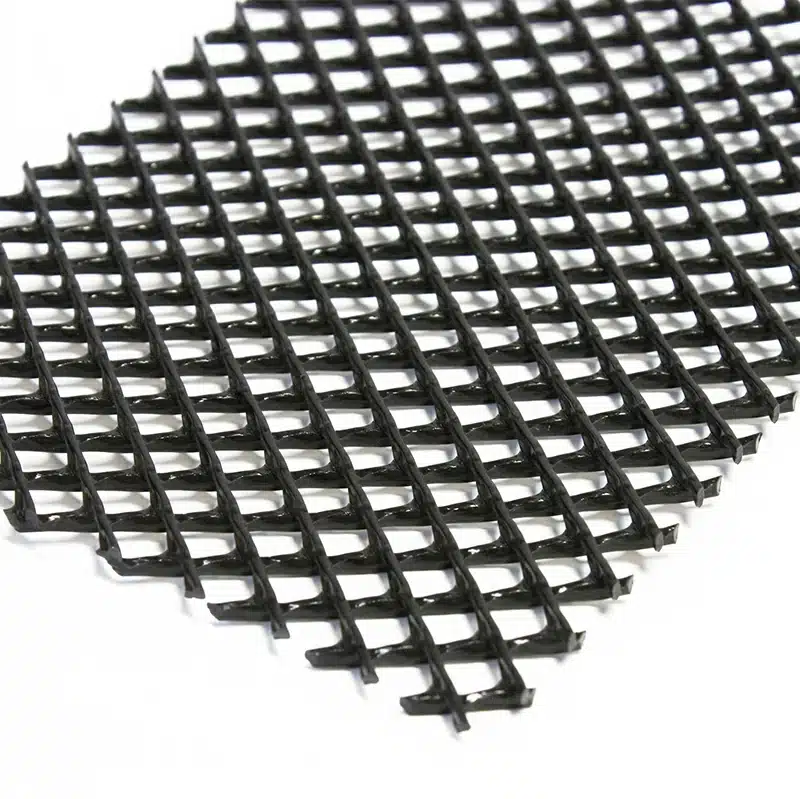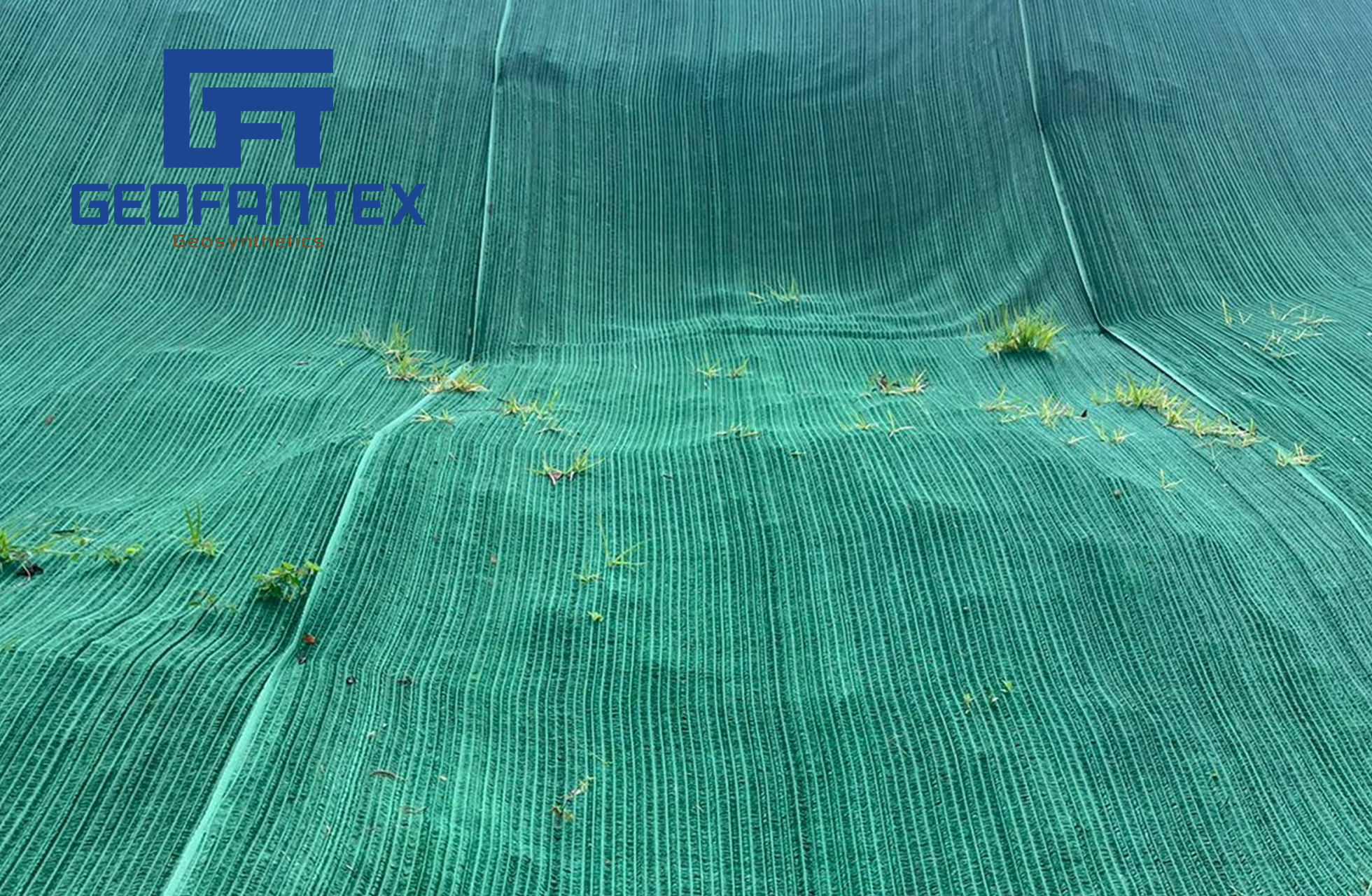+86-159 9860 6917
info@geofantex.com
geofantex@gmail.com
+86-400-8266163-44899
Geonets play a crucial role in modern construction projects, particularly for drainage and filtration applications. A geonet is a synthetic, net-like structure designed to facilitate fluid movement, primarily water, through its layers. Hydraulic conductivity measures the ease with which fluids flow through a material, and in the case of geonets, it is a vital property that determines their efficiency in applications like landfill drainage and soil stabilization. This article explores the concept of average geonet hydraulic conductivity and answers common questions about its significance and usage in engineering.
What is hydraulic conductivity in geonets?
Hydraulic conductivity in geonets refers to the ability of the geonet to allow water to pass through its structure. It is a key property that measures the rate at which water can flow through the geonet material under a given hydraulic gradient (difference in water pressure across the material). In other words, hydraulic conductivity indicates how efficiently the geonet facilitates drainage by allowing water to move through its openings or voids.
The hydraulic conductivity of a geonet is influenced by factors such as:
- Material Properties: The type of polymer used (e.g., HDPE or polypropylene) and its density can affect the porosity and the ease with which water flows through the geonet.
- Thickness and Structure: The thickness and design of the geonet (e.g., the size and spacing of its openings) impact its ability to transmit water. A more open, thicker structure typically allows higher hydraulic conductivity.
- Compression: The degree of compression applied to the geonet during installation can reduce its hydraulic conductivity, as the mesh openings may be compressed, limiting water flow.
In geotechnical applications like landfills, retaining walls, or road construction, high hydraulic conductivity is crucial for effective drainage, preventing water accumulation, and avoiding issues like hydrostatic pressure or erosion.

Why is average hydraulic conductivity important for geonets?
Average hydraulic conductivity provides a general estimate of how a geonet will perform in real-world conditions. Knowing this average helps engineers choose the right geonet for specific applications, such as waste containment or erosion control, ensuring efficient water drainage and minimizing the risk of flooding or material failure.
What factors affect the hydraulic conductivity of a geonet?
Several factors influence a geonet’s hydraulic conductivity, including the material composition, thickness, structure, and the type of fluids it will encounter. Conditions like pressure and temperature can also impact fluid flow, so these are taken into account when assessing the geonet’s performance.
Are there standards for average geonet hydraulic conductivity?
Yes, geonets used in engineering projects are often tested according to industry standards, which provide recommended values for hydraulic conductivity. Standards like ASTM (American Society for Testing and Materials) guide engineers in selecting geonets that meet specific requirements for drainage and filtration efficiency.
Average geonet hydraulic conductivity is a critical factor in determining how well a geonet can manage fluid flow in various engineering applications. By understanding this property, engineers can make informed choices about the right geonet for projects requiring effective drainage and filtration. From landfills to roadways, geonets with optimal hydraulic conductivity play a pivotal role in maintaining structural integrity and preventing environmental damage.



Get Free Sample
We’ll respond as soon as possible(within 12 hours)






















